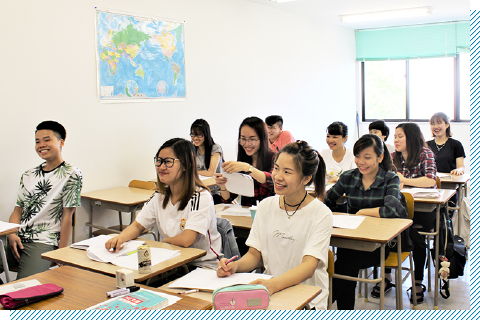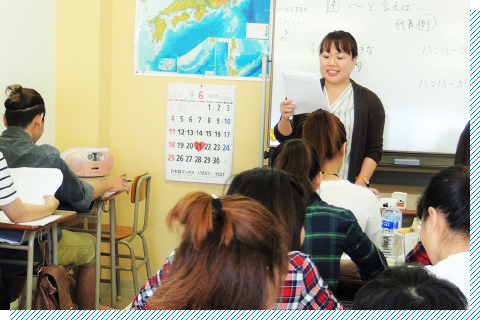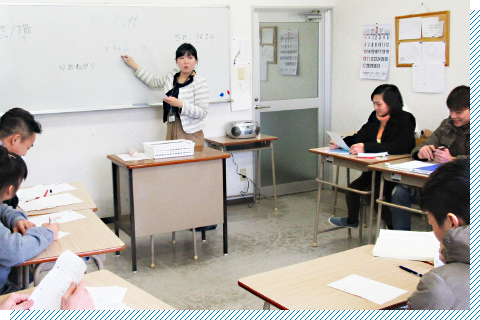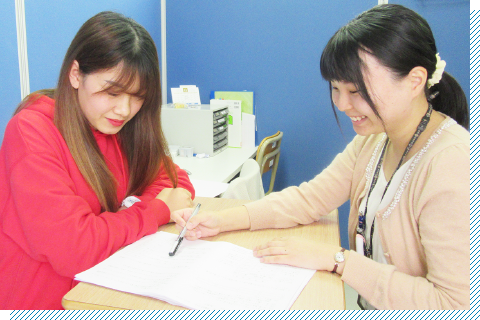From the time of enrollment, we provide information on study guidance and school selection with an eye on entrance exams. In addition, classes leading up to entrance exams are generally taught by full-time instructors who provide continuous instruction throughout the year. As instructors are always on-site, students can ask for advice at any time, and we will work with students on everything from choosing a school to practicing for interviews, taking exams, and completing the enrollment procedures.
Additionally, students who wish to continue on to graduate school will be provided with guidance from their homeroom teacher and graduate school supervising instructor.
◎ National and Public Universities and Graduate Schools
University of Tokyo, Kyoto University, Kyushu University, Kyushu Institute of Technology, Kumamoto University, Nagasaki University, University of the Ryukyus, Saga University, Kitakyushu City University, Osaka City University
◎ Private Universities and Graduate Schools
Keio University, Doshisha University, Waseda University, Teikyo University, Kinki University, Osaka Sangyo University, Fukuoka University, Kurume University, Fukuoka Institute of Technology, Kyushu Sangyo University, Kyushu Information University
◎ Vocational School
Osaka Mode Gakuen, Aso Automobile Institute of Technology, Nakamura Culinary College, Oji Accounting College, Computer Education Institute, International Animation College, Tokyo International Business College



















